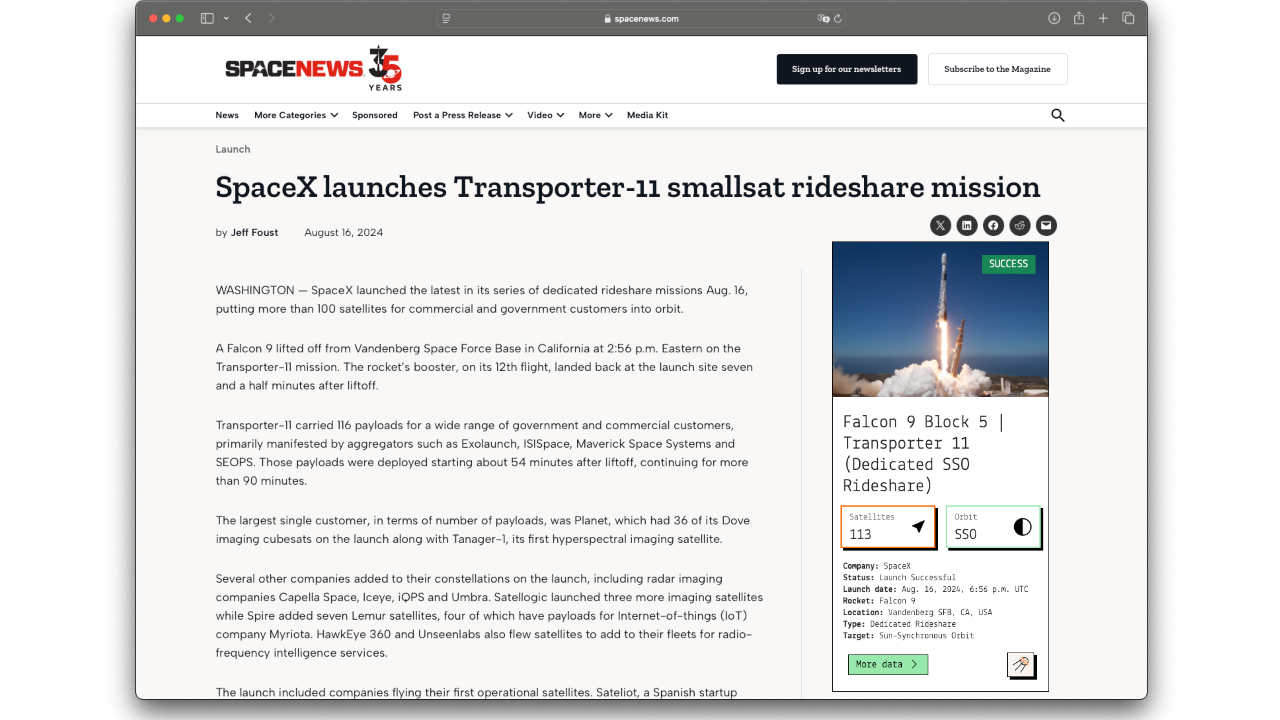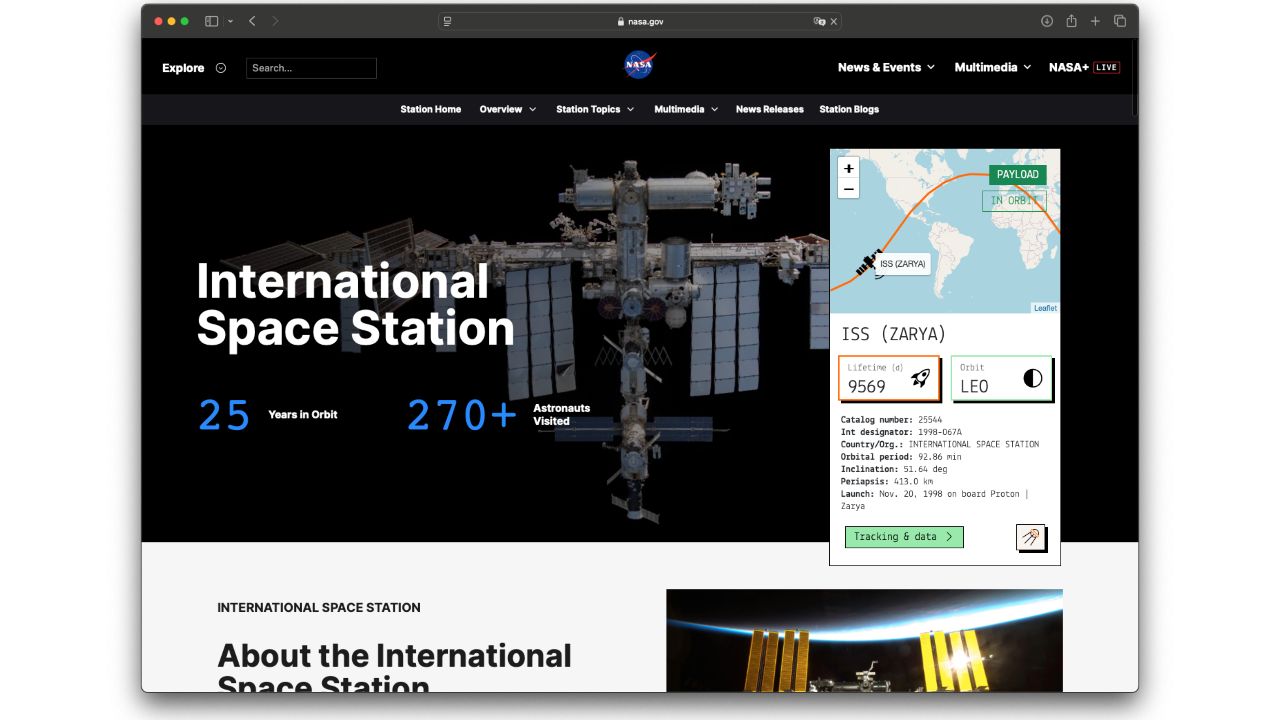Key statistics
Satellite SL-14 R/B at a glance.
Uptime
14448
Days in orbit
Revolutions
≈ 13.8
Per day
Orbit
LEO
Low Earth Orbit
Inclination
82.5
Latest
Satellite identification and parameters
Extended collection of information and parameters for SL-14 R/B.
Object identification
Identified? True
Debris? False
Object name: SL-14 R/B
International designator: 1986-039B
Object number (NORAD): 16736
Object ID (CCSDS): 16736
Country: COMMONWEALTH OF INDEPENDENT STATES (CIS)
Current information (Y/N): Y
RCS size: LARGE
Orbital parameters
Period: 103.982 minutes
Inclination: 82.5386 deg
SMA: 7324.868 km
Apoapsis: 956.603 km
Periapsis: 936.864 km
RAAN: 77.8898 deg
Eccentricy: 0.00134741
Argument of periapsis: 30.0533 deg
Mean anomaly: 330.1398 deg
Mean motion: 13.84850987 rev/day
Mean motion (dot): 0.0000003 rev/day2
B* drag term: 0.000013530031 1/REarth
Two-line elements (TLE)
Creation date: Dec. 14, 2025, 6:24 p.m.
Reference frame: TEME
Reference center: EARTH
Epoch: Dec. 14, 2025, 6:58 a.m. UTC
TLE line 0: 0 SL-14 R/B
TLE line 1: 1 16736U 86039B 25348.29032822 .00000030 00000-0 13530-4 0 9998
TLE line 2: 2 16736 82.5386 77.8898 0013474 30.0533 330.1398 13.84850987998766
Live tracking on map
Real-time ground track for satellite SL-14 R/B.
In-orbit conjunctions
A list of the most updated potential collisions computed for object SL-14 R/B.
Associated space launch
Second generation soviet meteorological satellite
SL-14 R/B was lifted into orbit during the mission ‘Tsiklon-3 | Meteor-2 14’, on board a Tsiklon-3 space rocket.
The launch took place on May 27, 1986, 9:30 a.m. from 32/1.
For more information about the launch, click the button.
Tsiklon-3 | Meteor-2 14
Agency: N/A
Status: Launch Successful
Launch date: May 27, 1986, 9:30 a.m. UTC
Rocket: Tsiklon-3
Launch pad: 32/1
Location: Plesetsk Cosmodrome, Russian Federation
...
Latest news about this satellite
There are no fresh news available about this satellite. Check back as we update our databases every day.
Newsletter sign-up
Weekly statistics, charts and insights to help you stay on top of the space industry.




